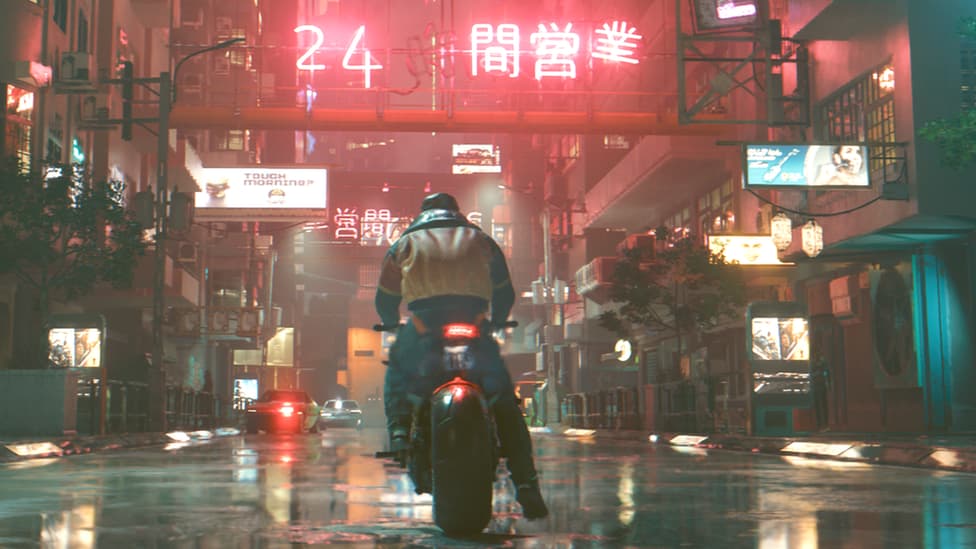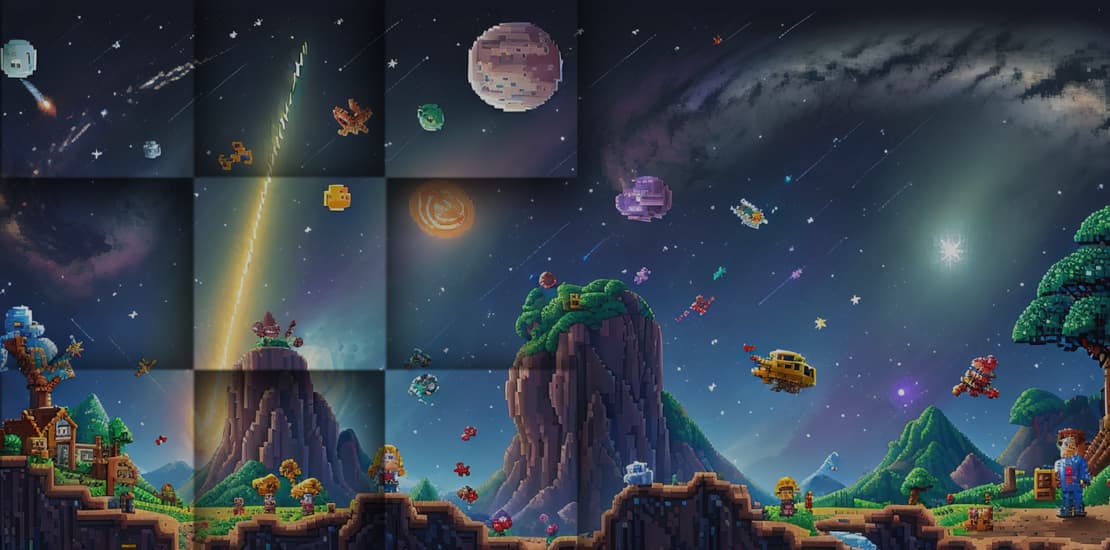Graphics rendering in video games involves creating visually appealing and immersive environments, and the complexity of this task can vary significantly depending on the scene being rendered. Night scenes, in particular, present unique challenges that make their rendering more demanding than day scenes.
One of the primary reasons night scenes are more complex to render is the way light behaves in these environments. During the day, scenes benefit from abundant natural light, which makes it easier for game engines to calculate visibility and shading. Sunlight provides a consistent and even illumination that helps define shapes and textures clearly. In contrast, night scenes rely heavily on artificial light sources, such as street lamps, neon signs, and headlights. These light sources are often limited in number and vary greatly in intensity and color, leading to more complex calculations for lighting and shadows.
The need for accurate light placement and color temperature in night scenes adds layers of complexity to the rendering process. Each artificial light source must be modeled accurately, with specific properties such as intensity, range, and fall-off. Unlike sunlight, which casts a uniform light, artificial lights create stark contrasts, often leading to deep shadows and bright highlights. This contrast requires sophisticated shadow mapping techniques to ensure that shadows are rendered realistically. Moreover, the interaction between different light sources can create a range of atmospheric effects that must be accounted for during rendering.
Another significant factor contributing to the increased demand of rendering night scenes is the necessity for advanced techniques to simulate reflections and refractions. At night, reflective surfaces, such as wet streets or glass windows, become more pronounced as they catch and reflect the limited light. This reflection can create a visually dynamic environment, but it also requires additional calculations to accurately represent how light interacts with these surfaces. Techniques such as screen space reflections and ray tracing are often employed to achieve realistic reflections, but they can be computationally expensive, further increasing the rendering load.
Furthermore, the use of shadows in night scenes can complicate the rendering process. Shadows play an essential role in defining depth and spatial relationships within a scene. The difference in shadow quality between day and night scenes is notable; during the day, shadows are often softer and more diffuse due to the broad light source of the sun. At night, however, shadows can be sharper and more pronounced, influenced by the specific characteristics of artificial lights. Real-time shadow rendering techniques, such as shadow maps or shadow volumes, must be carefully managed to avoid artifacts and ensure visual fidelity, which adds to the computational burden.
The atmospheric effects also contribute to the complexity of rendering night scenes. Night environments often include elements like fog, mist, and stars, each requiring additional rendering considerations. For instance, fog can obscure visibility, requiring the engine to calculate how light scatters through it and affects scene visibility. This scattering can create a beautiful ambiance but also demands additional processing power. Similarly, rendering stars and other celestial bodies involves using particle systems or special shaders to simulate twinkling effects, which can further tax the rendering engine.
Another aspect to consider is the color palette used in night scenes. While daytime scenes typically utilize a bright and vibrant color scheme, night scenes often rely on darker tones and limited color ranges, which can lead to difficulties in achieving sufficient contrast. The game engine must ensure that textures and models maintain detail even in low-light conditions, often requiring the use of techniques such as ambient occlusion. This technique helps to simulate how light interacts with surfaces and can help define depth in darker areas, but it can also introduce additional computational overhead.
The role of post-processing effects is also significant in night scene rendering. Many games employ post-processing techniques to enhance visual quality, and these effects can be particularly crucial in night environments. Effects like bloom, which simulates the way light bleeds around bright areas, can create a more immersive atmosphere. However, implementing these effects requires additional processing power, as they need to be calculated in real-time based on the lighting conditions of the scene.
Furthermore, night scenes often include dynamic elements that require additional rendering resources. For example, moving vehicles with headlights can create dynamic lighting that changes the environment in real-time. The engine must continually update the lighting and shadows as these elements move, which can add to the rendering workload. Additionally, characters and objects within the scene may cast shadows and interact with light differently based on their position, further complicating the calculations needed for accurate rendering.
Finally, the hardware limitations of the gaming platform can also influence how night scenes are rendered. Consoles and PCs with less powerful graphics cards may struggle to handle the increased demands of night rendering compared to more powerful systems. Developers often have to optimize their games for a wide range of hardware capabilities, which can result in compromises in visual fidelity for night scenes. This necessity for optimization can lead to additional development time and complexity, as teams must find a balance between visual quality and performance.
In summary, the rendering of night scenes in video games is inherently more demanding than that of day scenes due to the complexities of light behavior, the need for accurate reflections and shadows, and the atmospheric effects that enhance immersion. The darker color palettes and reliance on artificial lighting add further challenges, requiring advanced techniques to ensure that environments remain visually engaging. Additionally, the dynamic elements and post-processing effects that are often employed in night scenes contribute to the overall computational load, making rendering these environments a more resource-intensive task. As technology evolves, developers continue to find innovative ways to tackle these challenges, pushing the boundaries of what is possible in real-time graphics rendering.

